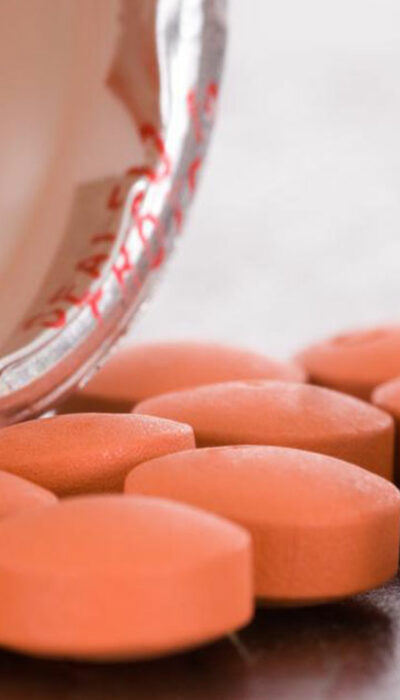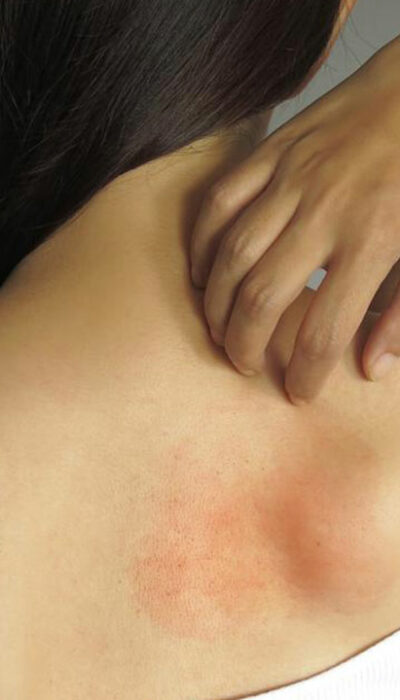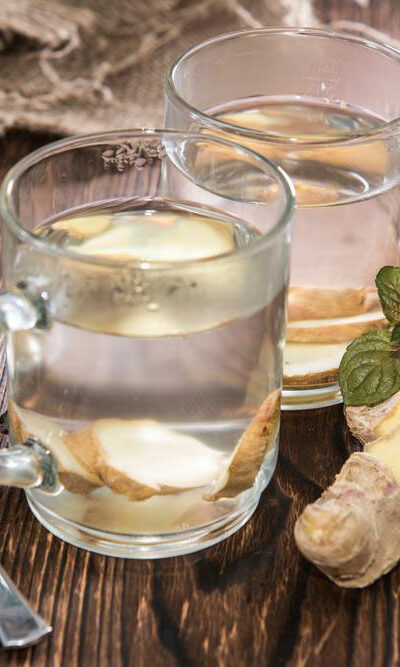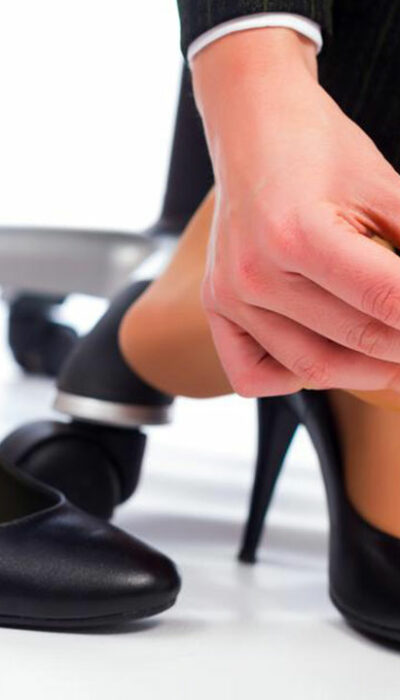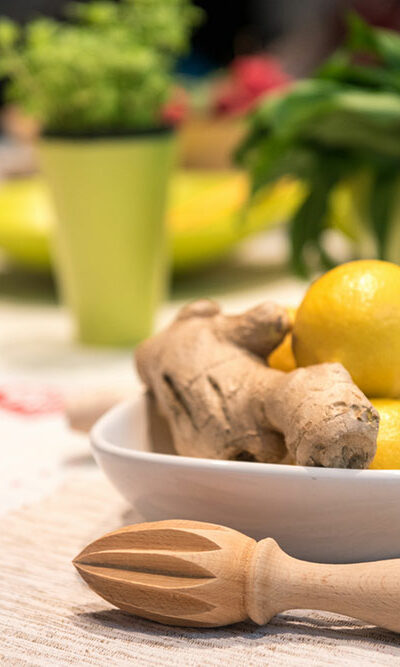
6 Home Remedies for Treating Skin Rashes
There are minor skin rashes that can occur due to sweating, allergies (because of soaps, shampoos, deodorants), insect bites, and acne. On the other hand, these can also manifest due to skin conditions like psoriasis or eczema. For some people, certain kinds of food can also be a trigger for skin rashes. Usually, skin rashes are accompanied by red and itchy sensation. You can notice a change in the texture and the color of the skin. They can occur on any part of the body. Rashes can be a sign of bacterial, viral, or fungal infection. If the allergy persists for over ten days, consult a doctor immediately. They will suggest skin rashes treatment to cure the condition. When it comes to minor skin rashes, they can be treated with the following home remedies. Cold compress The red and tender rash on the skin can feel warm and make you uncomfortable. The pain and discomfort might increase when the skin comes in contact with any object. It increases the chance of contracting an infection. Soaps and clothing can cause an allergic reaction. A home remedy for a skin rash can help you reduce the pain and irritation. You can use a cold compress as a treatment for skin rashes. You can simply do this by taking a plain cloth with ice cubes in it and place it over the affected area. If ice cubes seem inconvenient, then you can try using a cloth soaked in cold water. Oatmeal bath Oatmeal has a moisturizing effect on the skin. Bathe in colloidal oatmeal, as it has anti-inflammatory properties. Therefore it can reduce any swelling in the affected area. Oatmeal bath is an excellent treatment serious skin diseases for psoriasis and eczema. Add oatmeal to warm water and soak the mixture for thirty minutes.

